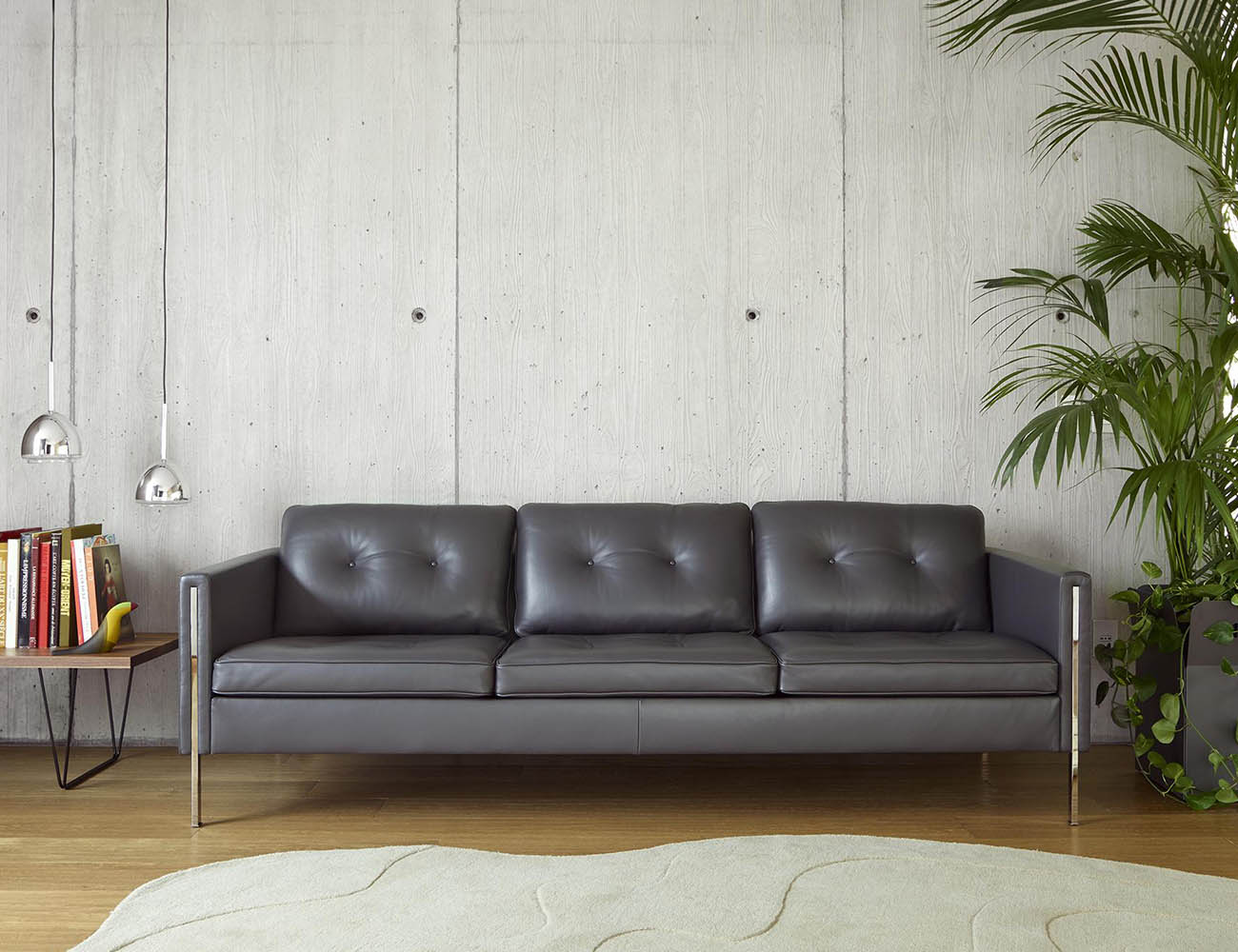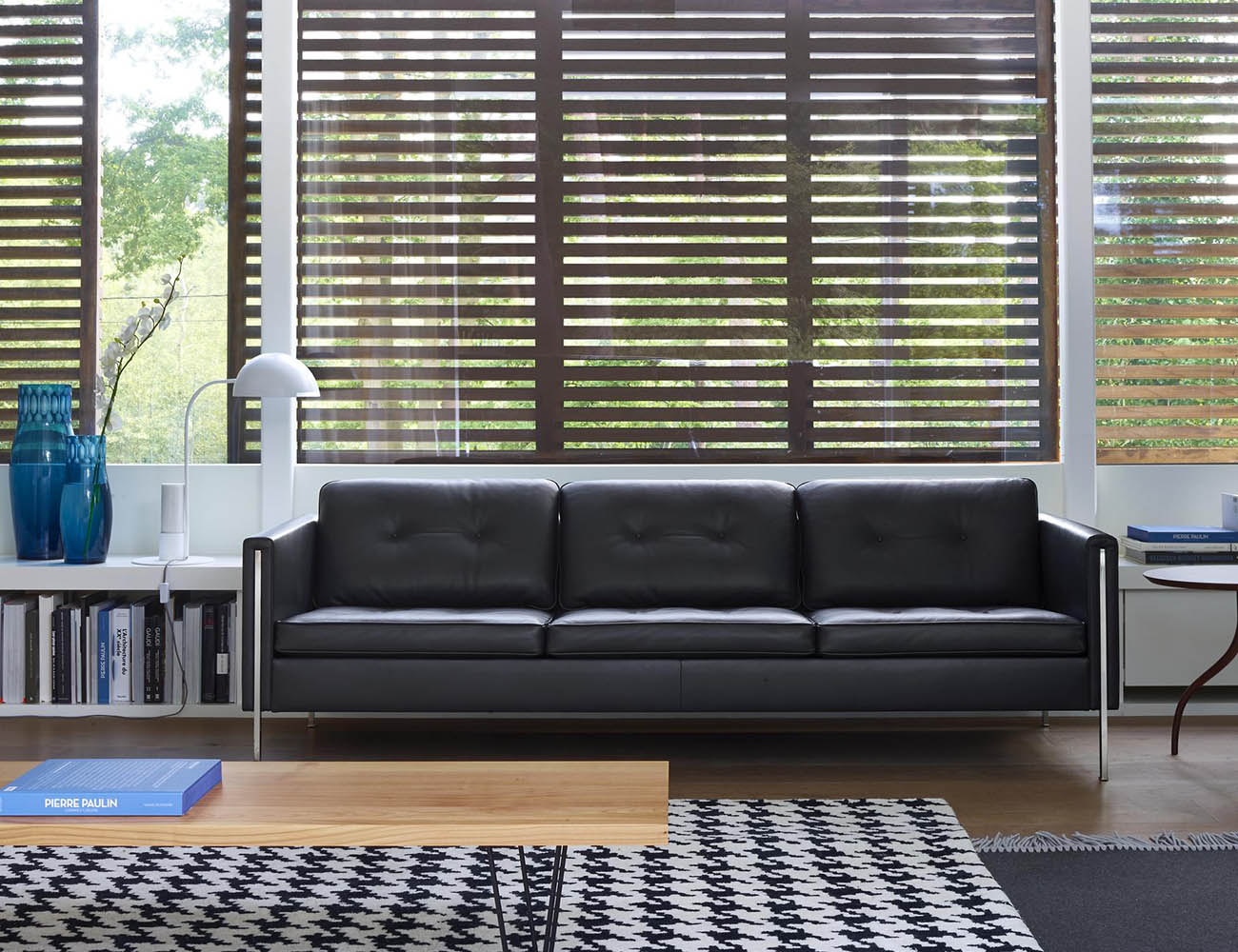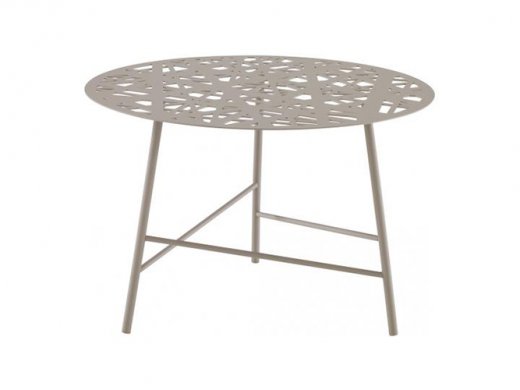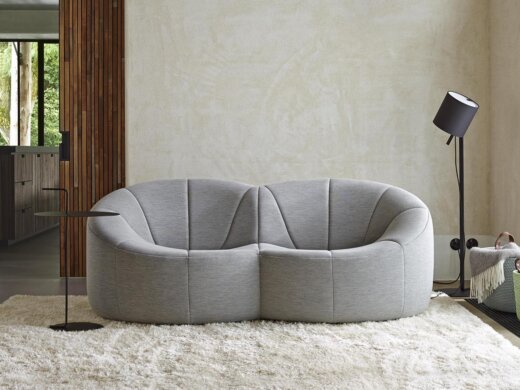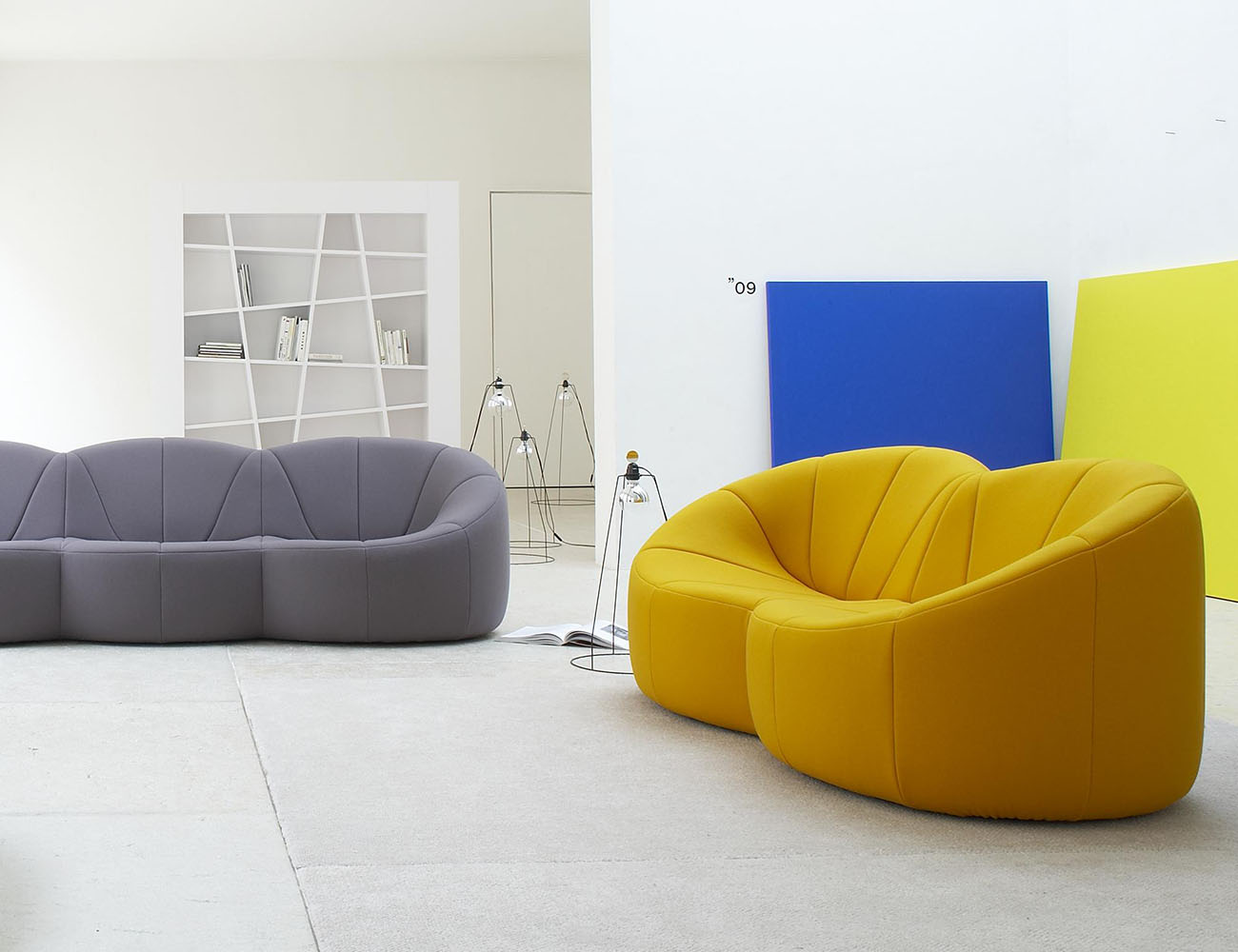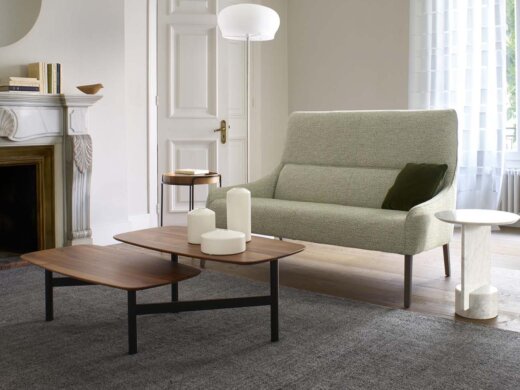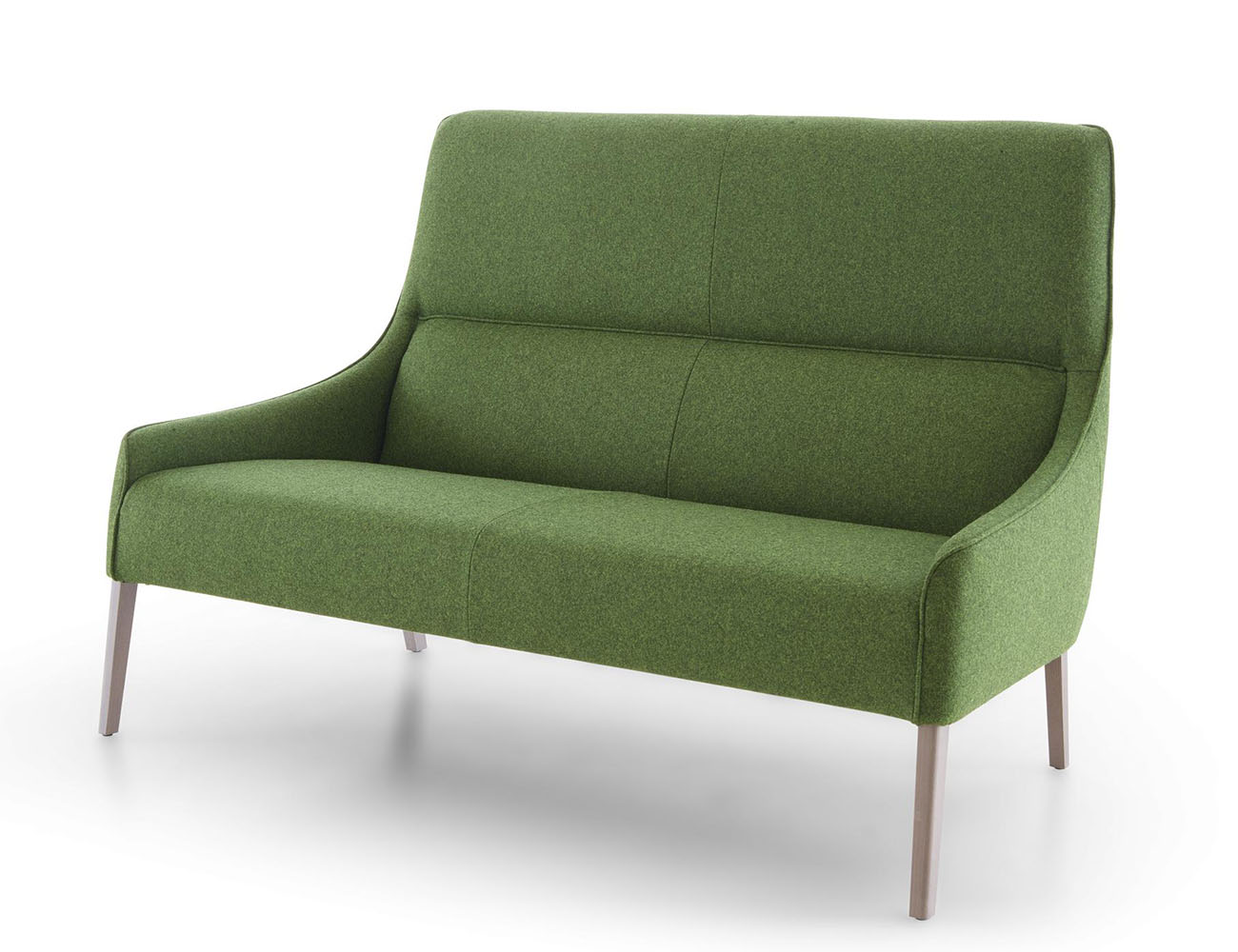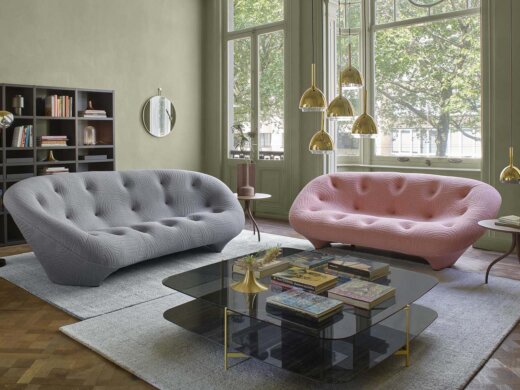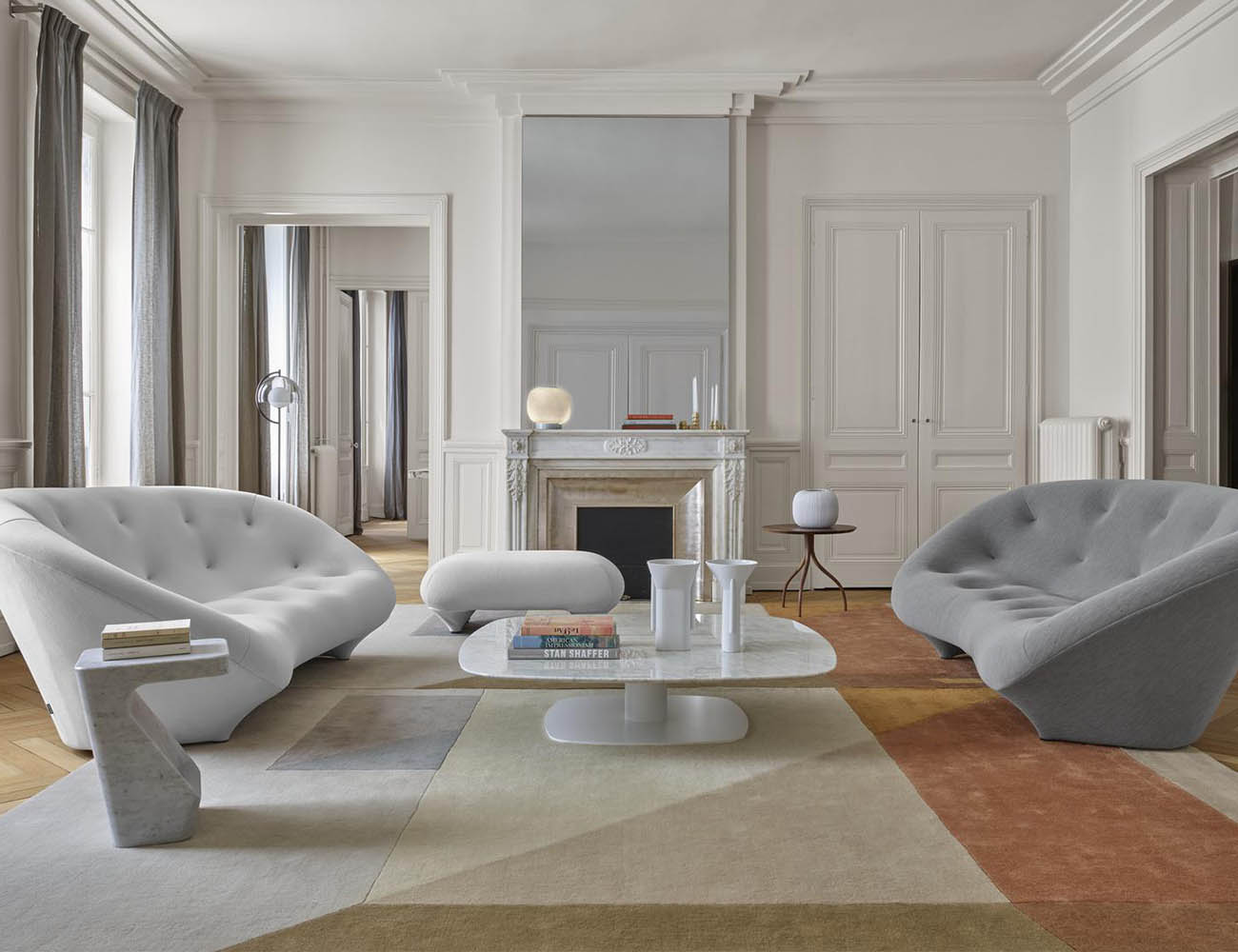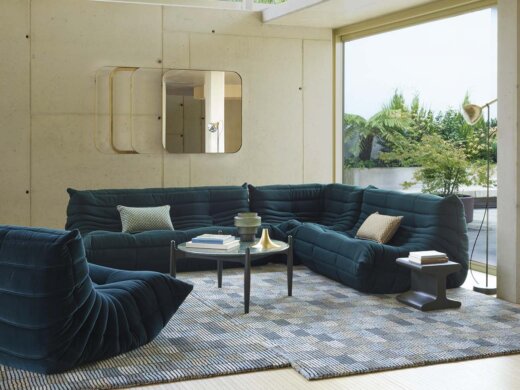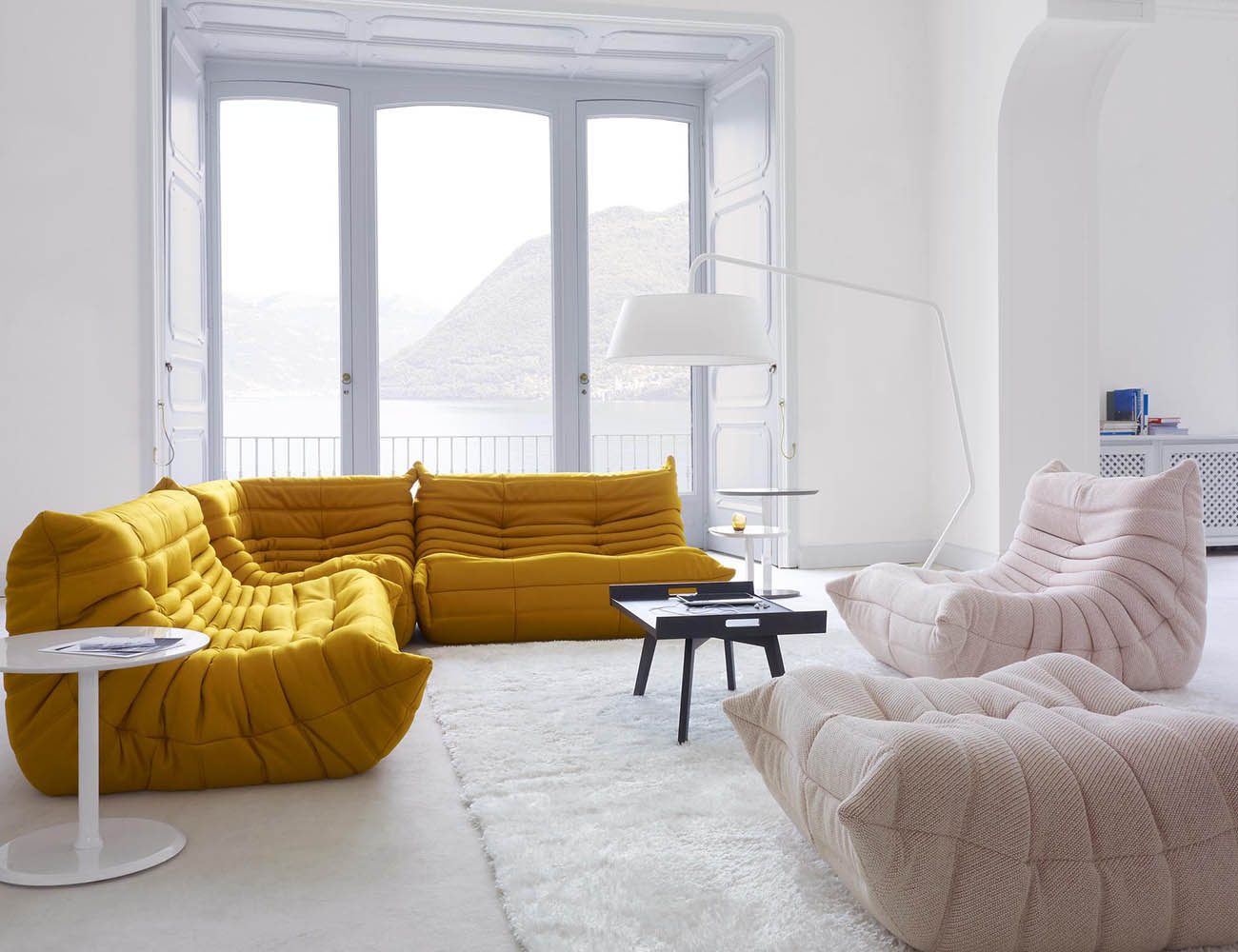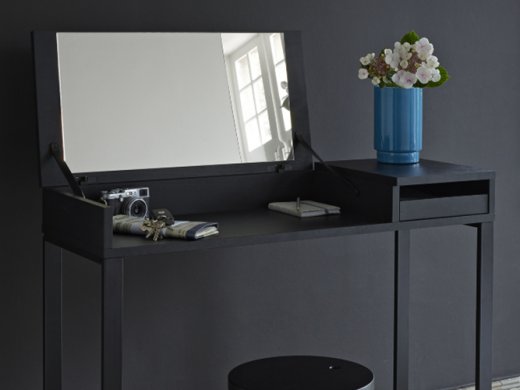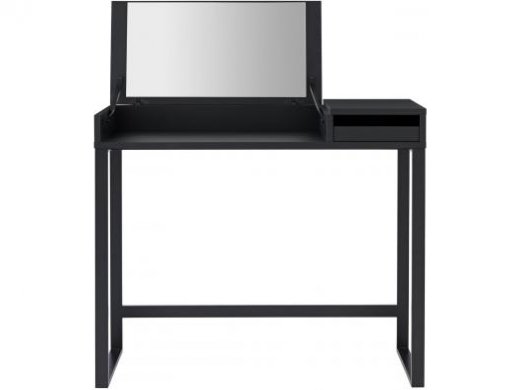ANDY
ANDY
Andy seems set to be a great classic, bearing as it does the imprint of Pierre Paulin.
In 1962, reinterpreting Florence Knoll’s settee from 1954, he softened all its contours, reducing the number of buttons to eliminate the severe squares of quilting and made the metal structure underlining the edges of its base disappear, retaining only the four legs : in short, he designed a new domestic settee, both sensual and refined. And as a precious refinement, he mounted the chromed steel legs inside the armrests both to the front and to the rear, a touch which was just as elegant when viewed from the front as from the rear: inserting the leg into the armrest necessitated more meticulous stitching and upholstery for a perfect finish.
CONSTRUCTION
Panels of 3-layer particleboard and panels of multi-ply reinforced by a mechanically-soldered steel seat structure clad in polyether foam. Base with visible armrest insert in square-section steel in a brilliant-chromed or gloss black-chromed finish.
COMFORT
Individually-sprung seats with steel wires suspended on steel Pullmaflex springs. Seat cushions in multi-density high resilience polyurethane Bultex foam, dominant 38 kg/m3 - 3.6 kPa clad in a layer of 300 g/m² polyester quilting.
MAKING-UP
Baguette seams on structure and armrests. Seat cushions quilted with 4 buttons; back cushions quilted with 2 buttons. Outline of seat and back cushions highlighted by piping.
COVERING MATERIALS
Originally presented in leather, it can also take fabrics, particularly if they have a good feel and an 'ennobling' effect.

